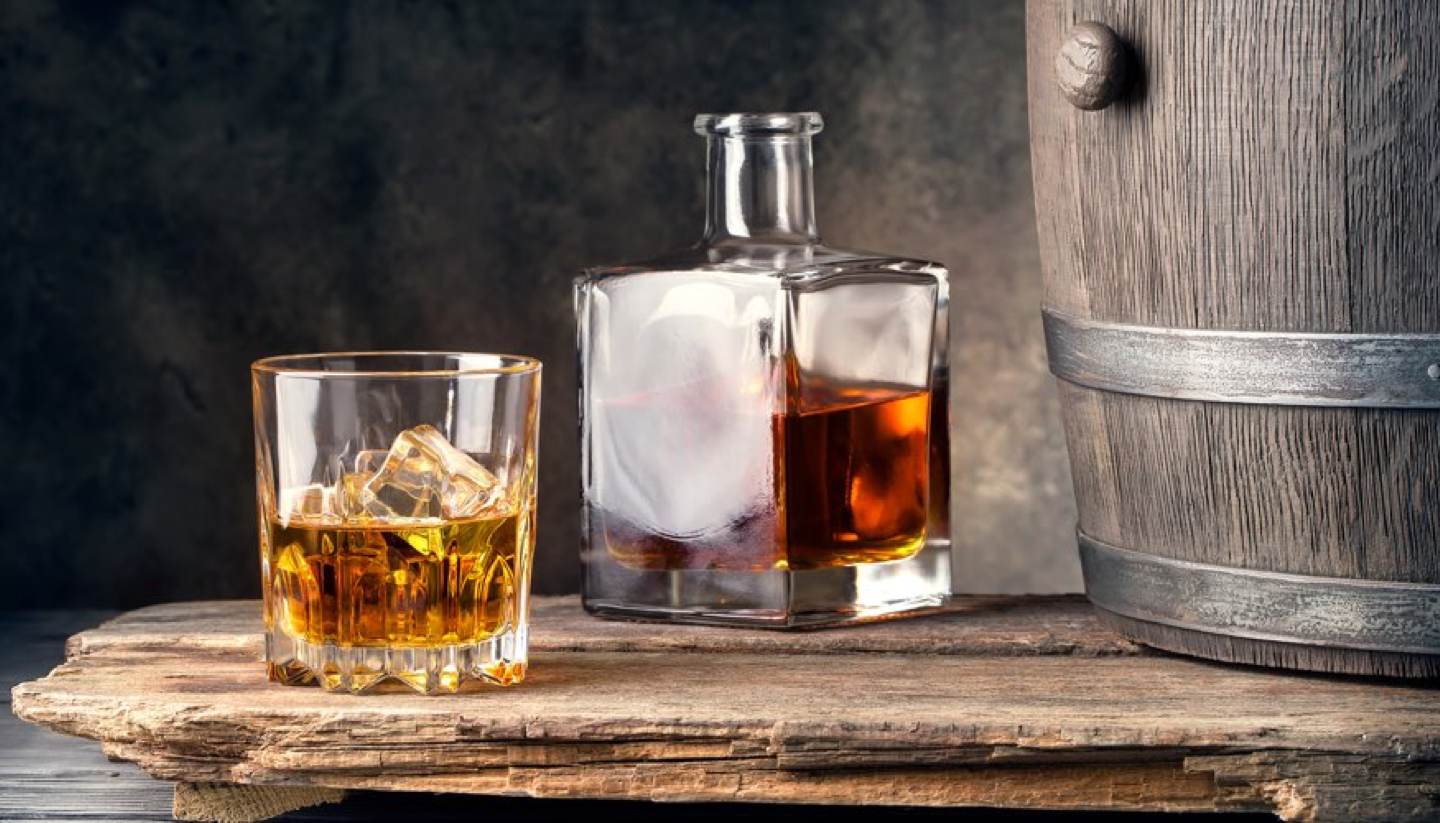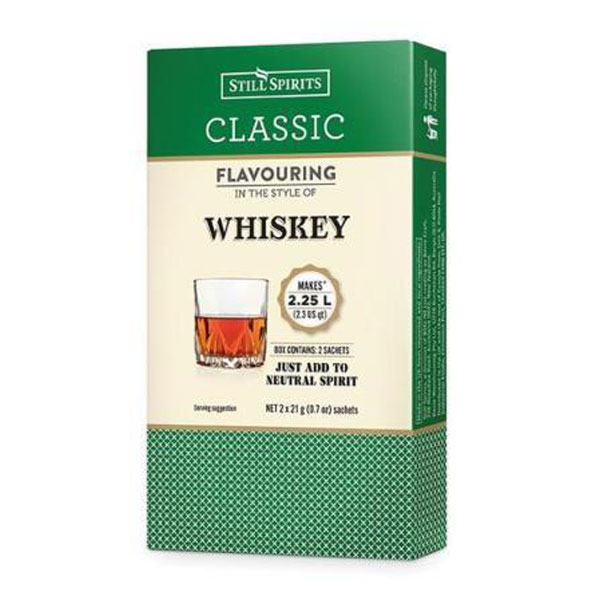

Popular brands that spotlight this whisky include The Macallan, Glenfiddich, and Glenmorangie. To qualify as a single-malt, the Scotch must be produced solely from malted barley and then distilled and aged at a single distillery. Single-Malt Scotch: The creme-de-la-creme of the whisky world, bottles of this whiskey are highly coveted for their intense, complex flavour.For instance Speysides are often light and fruity while the Highlands are rich and intense. The flavour notes, however, could range from sweet to savoury - depending on regional variations and other technicalities. Types of ScotchĪ post shared by Glenmorangie whisky has a complex, smoky flavour. Typically bottles declare at least 12 years of ageing or higher. Scotch must be distilled to at least 94.8 percent ABV and bottled at 40 percent ABV - post being aged for no less than three years in oak barrels. The only ingredients permitted in the production process are grains, yeast, water, and caramel colouring. Popular options come from Highlands, Islay, Speyside, Campbeltown, and Lowland. For instance, it must be fermented, distilled, and aged in Scotland (hence the name).


Mandates centred on export, labelling, geography, and distillation maintain the quality and reputation of this spirit.

A specific type of whisky - Scotch, is bound by certain legal requirements. A few businesses however, use malted rye or wheat. Timing is key – by halting the germination at the right moment, the spirit takes on the most flavour and has a distinctive malty aroma. The production process involves the barley being soaked, partially germinated, and then dried. And yes, we also decode the exact difference between Scotch and other types of whiskey.Ī post shared by The Macallan refers to an alcoholic beverage that’s made primarily from malted barley. This leads to the million-dollar question - should you switch out your usual malt with a Scotch for your daily dram? Here’s a quick guide that has the amber go head-to-head with other whiskies available in the market at the moment. It’s also hailed as one of the most iconic types of whisky and a hallmark of Scottish tradition and craftsmanship. Heavy on the wallet, smooth on the palate - this amber stands out amidst the sea of bourbons and ryes. After all, a quick glimpse at any supermarket or liquor store aisle will reveal several top-shelf options, many with the word ‘Scotch’ plastered across the labels. For most of us, the most recognisable option is probably the ubiquitous Scotch. The world of malts - with its dizzyingly large array of blends and ageing specifications - can get confusing to wholly grasp. However, if you’ve never been able to tell your malts apart, here’s our guide to the differences between the ever-popular Scotch and other types of whiskey. And the most popularly recommended option by connoisseurs is often one that comes straight from distilleries in Scotland. An on-the-rocks ritual - undeniably the best way to enjoy an amber - calls for quality whiskey.


 0 kommentar(er)
0 kommentar(er)
